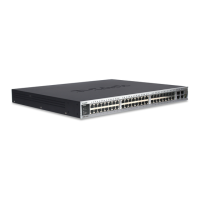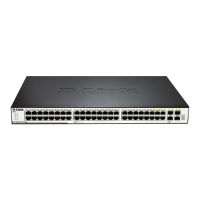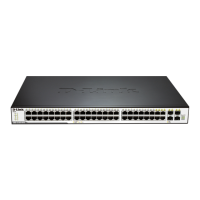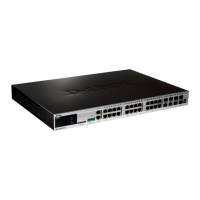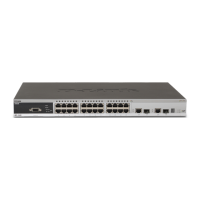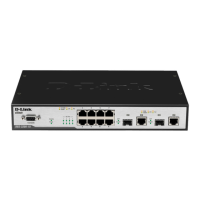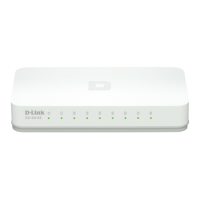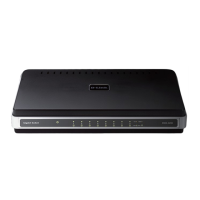The frames from the user end Trunk port to the tunnel port of the network edge device of the
vendor are usually carrying IEEE 802.1Q Tag with one VLAN ID. After the frames enter the
tunnel port, they will be added with another 802.1Q Tag (called the vendor Tag) to include
another VLAN ID that varies with every individual user. The user's tags will be reserved
inside the frames. In this way, the frames to the vendor's network are dual-tagged, of which
the vendor Tag contains the user's VID and the internal Tag maintains the VID of the
incoming frame. The following diagram shows the process for adding the dual Tag
Figure 12-2
When the dual-tagged frames output from the tunnel port of the edge device, the vendor Tag
will be removed and the frames resume their original 802.1Q frame format before they enter
the edge device, and the user VLAN is restored.
All frames to the edge device are regarded as Untagged frames, no matter whether they are
Untagged or are attached with 802.1Q tag header. When the frames go through the vendor
network, they are encapsulationed with the vendor Tag and VLAN number (that is, the
access VLAN of the tunnel port). The priority field of the vendor Tag is the priority configured
on the tunnel port (0 by default in case of no configuration).
In the application scheme diagram, user A is assigned with VLAN 30, and user B with VLAN
40. When the frames with 802.1Q Tag at the edge device are enveloped with a vendor tag
and become dual-Tagged, the vendor Tag contains VLAN 30 or 40 while the internal Tag
contains the original VLAN information (such as VLAN 40) of the frames. Even if the frames
of both users A and B to the vendor network have VID 100, their traffic is transmitted
separately in the vendor network because their vendor Tags contain different VIDs. Every
user can assign its VLAN range, which is independent of other users and of the vendor
network.
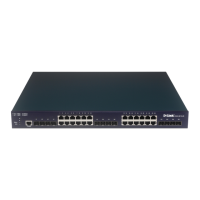
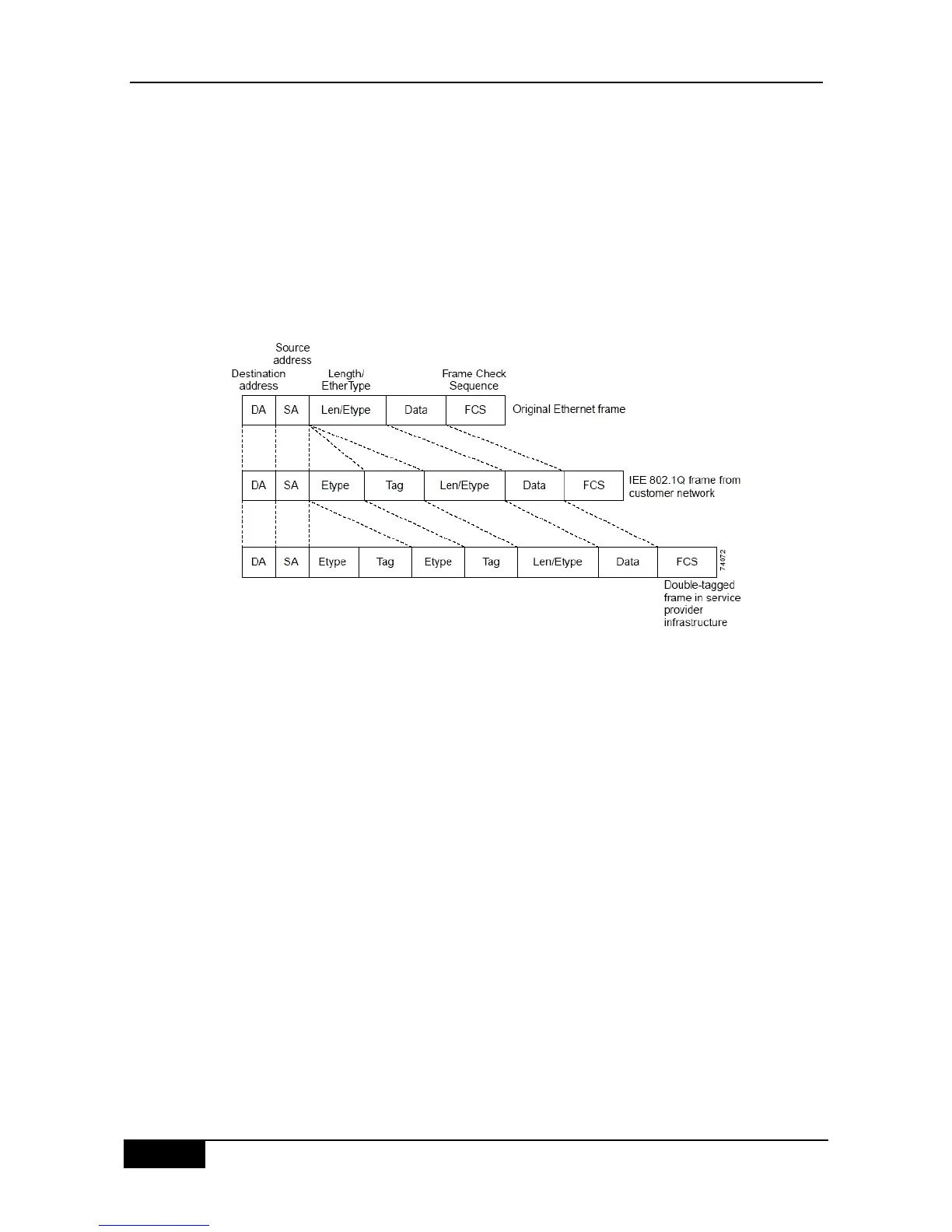